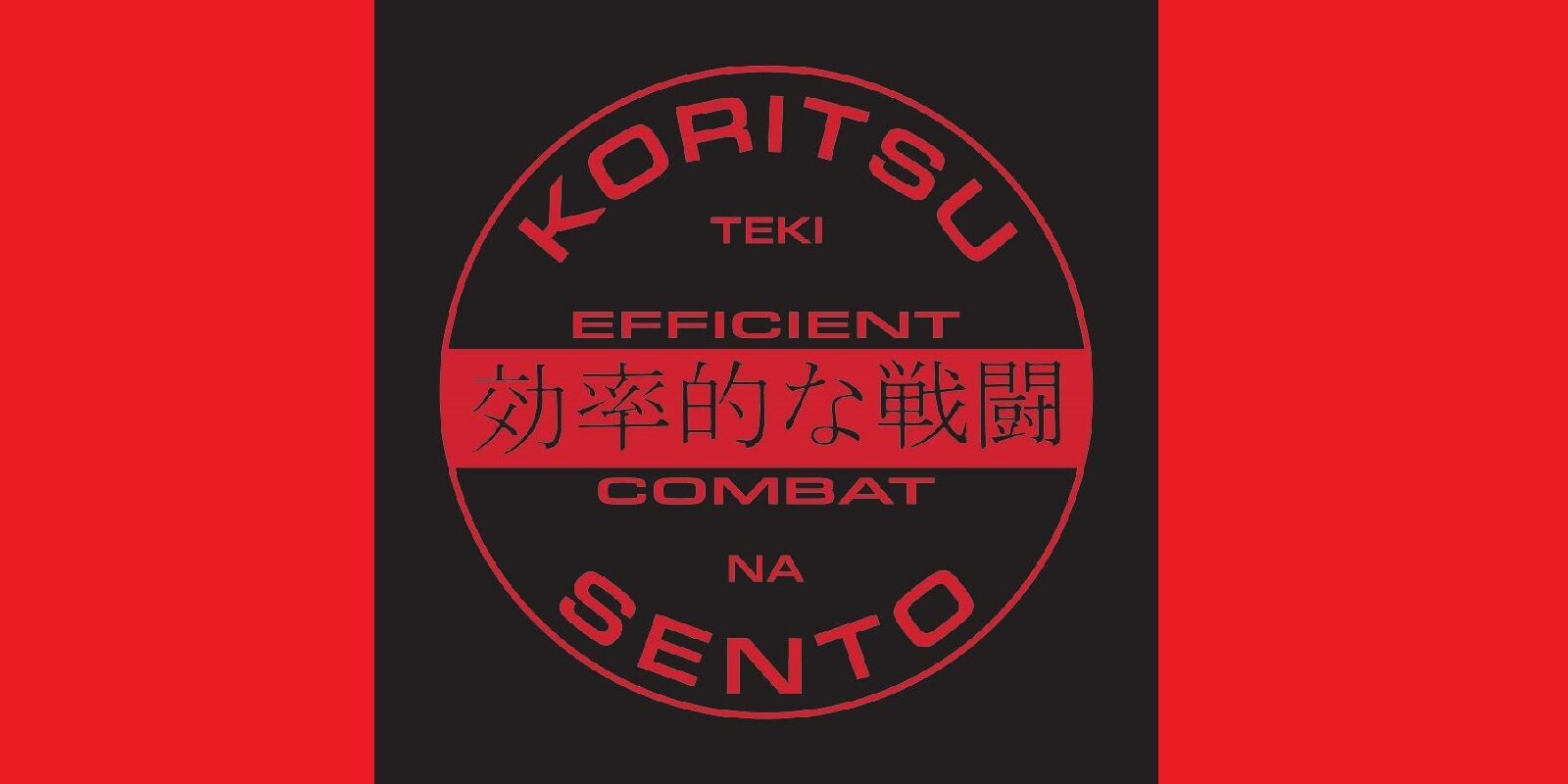February 21 | 2013

Martial artists will always associate Larry Hartsell with two ultra-effective fighting concepts: grappling and jeet kune do. In this exclusive interview, he talks about the connection between the two — along with Bruce Lee’s interest in ground fighting.
For years, martial artists have associated Larry Hartsell (above left) with two ultra-effective fighting concepts: grappling and jeet kune do. Bruce Lee’s system will forever stand at the forefront of martial arts popularity, and now that proponents of Brazilian jiu-jitsu have focused the world’s attention on the effectiveness of ground fighting, grappling is in vogue. This naturally brings us to Larry Hartsell — an expert in both ways of fighting — as he twists Black Belt into a knot and chokes us into submission. At the mercy of his elbow lock and hook punch, we bring you the following interview.
Could you begin by discussing your martial arts background?
My first martial art, in 1958 or 1959, was judo. At the same time, I was a high-school wrestler in the light-heavyweight class. I had a football scholarship and went to Wingate Junior College and got involved in tang soo do when I met a Korean foreign-exchange student.
After that, [the college] dropped the football program, and I became enthusiastic about the only martial arts books they had out in 1960: books by Masutatsu Oyama [of kyokushin karate], Ed Parker [of kenpo karate] and Hidetaka Nishiyama [of shotokan karate]. I got interested, so I moved to California, where I started shotokan at the University of California at Los Angeles with Nishiyama.
Later, I rode by Ed Parker‘s kenpo karate school on Santa Monica Boulevard and looked in. Dan Inosanto was teaching the kenpo class. I said, “This is what I want.” I became a student of Dan and Ed.
I met Bruce Lee in 1964 at Ed Parker’s just before I got drafted into the Army. I was home on leave later in 1964 before I went to Vietnam, and that’s when I really came to know Bruce. We became friends, and after I got out of the Army, I came back and studied with him. From 1967 to 1970, I studied with Bruce and Dan and taught at Ed Parker’s.

When you went to Ed Parker’s, did you have to drop things you learned from Bruce Lee?
Yes, I did because Bruce had adopted boxing then. He [mixed] it with wing chun kung fu. Also, there were grappling techniques he picked up from Gene LeBell and some stuff from Wally Jay’s small-circle jujitsu, which he added to jeet kune do.
What interest did Bruce Lee have in grappling?
Before his death, he had added 33 grappling moves to the jeet kune do concept.
He got those from Gene LeBell and Wally Jay?
Wally Jay, Gene LeBell and Hayward Nishioka. And he had some chin-na and silat. He would mix the arts. He would enter to trapping and take down into a submission. If you read Tao of Jeet Kune Do, you’ll see those grappling [techniques].
How well do jeet kune do principles apply to grappling?
I think the attack-by-drawing principle, where you deliberately set an opening for the guy to come in so you can counter, [applies well]. You can leave an opening for a side kick, then capture the leg and go for a takedown. Also, you can use progressive indirect attack — faking the attack to go into a single-leg takedown and an Achilles-lock submission or some other technique.
So, for the most part, jeet kune do principles work well to move in and go to the ground, after which pure grappling takes over?
Yes, that’s one way. Any range can be closed quickly. In kicking range, you can capture the kick. In boxing range, you can arm-wrap and take him down. Any range can be closed, and you can be on the ground very quickly. I’ve had people at seminars say, “I would just stay outside and kick.”
But suppose you’re on a slippery surface; how are you going to kick? Suppose you kick and slip, and the guy’s on top of you. You have to learn to deal with grappling range. Sometimes you cannot dictate your own environment; you’re into grappling range whether you want to be or not.
Is the best way to deal with the environmental factor to study a variety of arts?
I think so. You should be experienced in all ranges. How are you going to effectively counter a boxer who’s a good inside fighter unless you experience that range? I believe a blend is the best.
For beginners, what styles do you recommend for blending?
For weapons range, I recommend the Filipino martial arts because [they come from] a knife culture. For grappling range, shootwrestling or Brazilian jiu-jitsu. For punching range, I would find a good boxing or kickboxing gym. As far as overall conditioning, Thai boxing is king. It also has good standing grappling — hookups, which use knees and elbows.
Click here for more information about the Bruce Lee Foundation.
(To read Part 2, go here now.)
